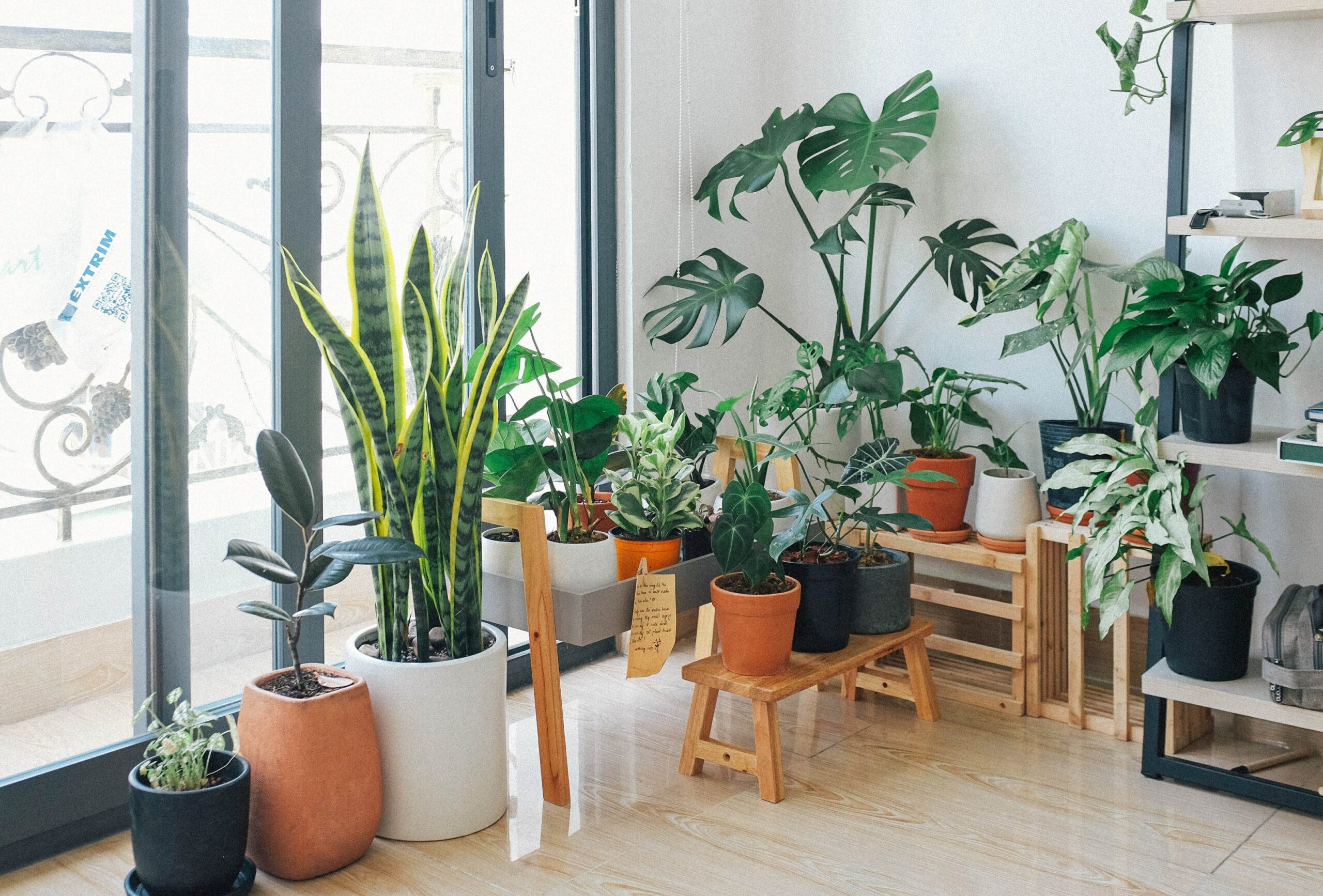Can houseplants improve indoor air quality?

MACOMB, Ill. — Autumn has arrived, and somehow I have more houseplants than I started with in the spring.
As temperatures fall, I find myself hunting around my home for bright windows and saucers to go under the pots. With a home full of plants, you may think this must be good for our air quality especially when we seal ourselves inside during the winter. But do houseplants help our air quality?
In the 1980s workers who occupied superinsulated and sealed buildings began to complain of various health problems such as “itchy eyes, skin rashes, drowsiness, respiratory and sinus congestion, headaches and other allergy-related symptoms.” (Wolverton et al., 1989) Scientists came up with a name for this phenomenon – “sick building syndrome.”
There are two primary contributors to indoor air pollution. Humans are a contributor to indoor air pollution. Think about the cabin of a passenger plane. We exhale the gas carbon dioxide, shed skin cells and hair, sneeze, cough, and so on. When we are outside, humans integrate into a complex web of life that manages these by-products. Seal a bunch of people up in a small artificial space, and you need some serious ventilation.
The second contributor to indoor air pollution is volatile organic compounds or VOCs. Many of our modern-day home furnishings emit VOCs. Benzene and formaldehyde are examples of VOCs widely used in the US. For example, homes with gas ranges or an attached garage typically have higher levels of benzene as it is present in natural gas and gasoline, and consequently cooking and vehicle exhaust.
Air filters can get the bulk of the human pollutants out, but it is tough to rid a home of trace VOC elements. That’s where indoor plants come in. Several studies have shown that many indoor plants can filter out VOCs and other indoor air pollutants.
A study at the State University of New York-Oswego examined five common houseplants and their efficiency at extracting VOCs from the air. The study announced dracaena was the most effective houseplant at absorbing acetone, a commonly used VOC found in products like nail polish remover. However, bromeliad performed the best in the removal of six of the eight VOCs studied in their lab.
Recent reviews of past research suggest that the fresh air benefits of indoor plants are not quite what they seem. The previous research involved small, sealed chambers. It is estimated to scale up the performance observed in the lab to an average 1,500-square-foot home, a homeowner would need 680 plants.
The other problem is the number of VOCs indoor plants are exposed to in a home or office. A study at University of Georgia measured “upwards of 180 different airborne compounds” in Athens, Ga., homes. (McDermott, 2015 p. 20) These chemicals are present in various concentrations and mix and interact in a nearly infinite number of ways. Most of the published research focuses on about a dozen different VOCs.
Does this mean you should toss your pothos in the compost?
Of course not! Houseplants have routinely been shown to improve our psychological well-being. Those living or working in buildings like hospitals, extended care facilities, offices, and single- or multi-family buildings report better productivity, learning, and reduced anxiety and depression when indoor plants are present. As for myself, I am out of room in my home.
Does anyone have a spare greenhouse lying around?
Miss Clipping Out Stories to Save for Later?
Click the Purchase Story button below to order a print of this story. We will print it for you on matte photo paper to keep forever.

